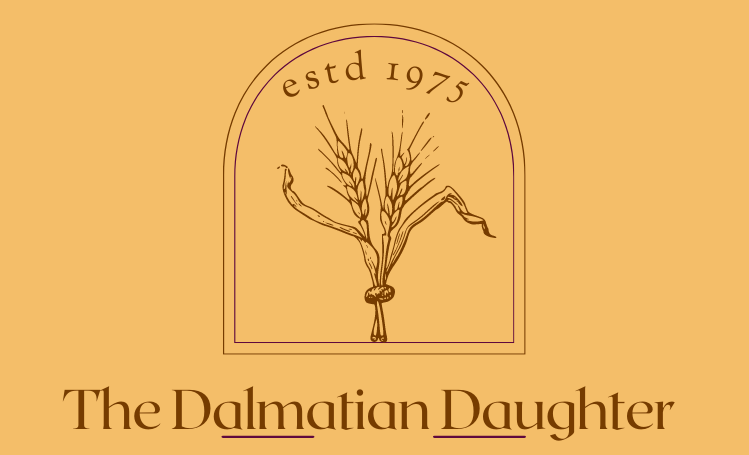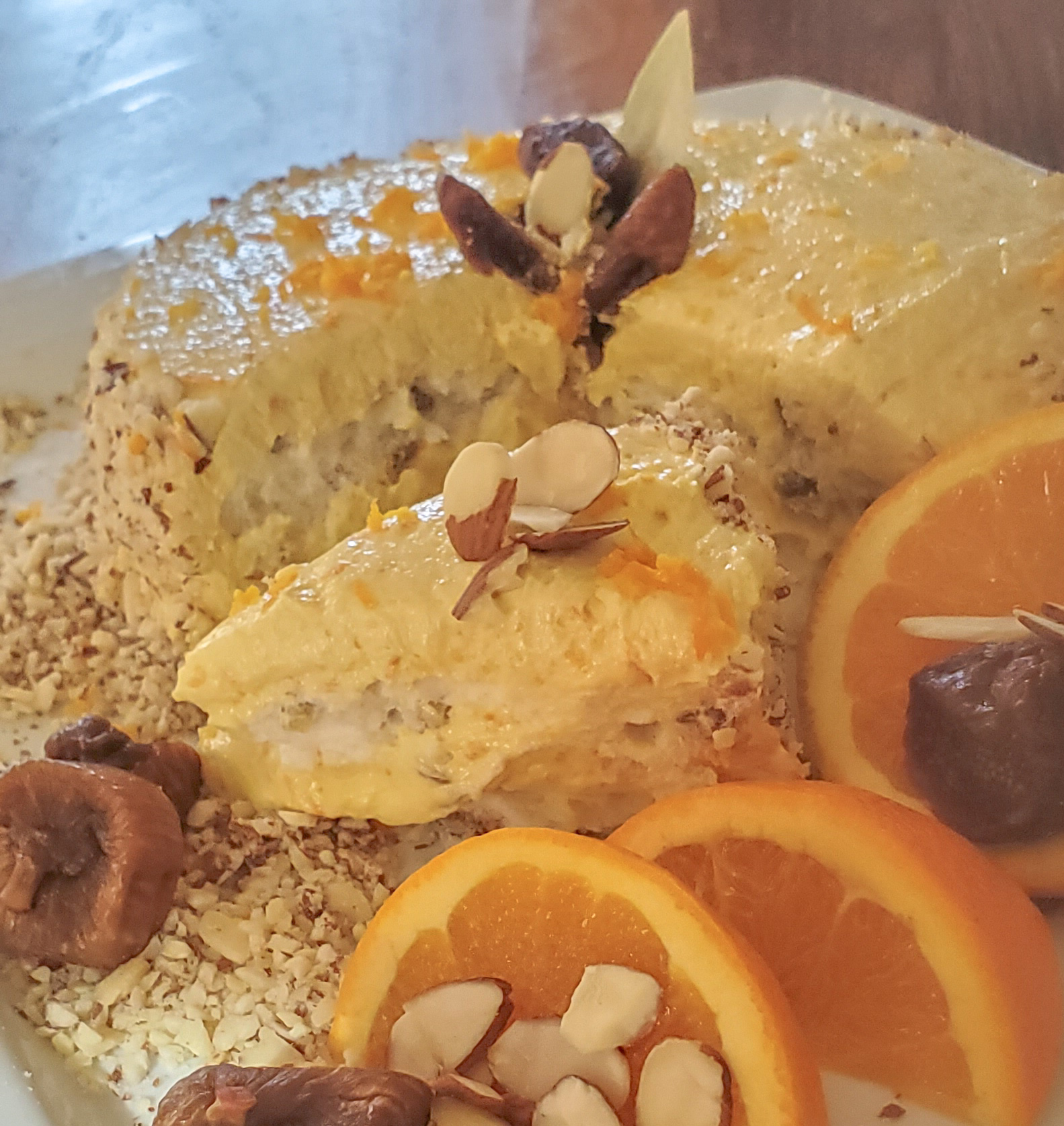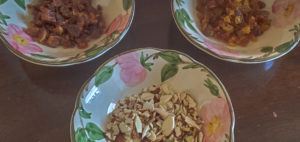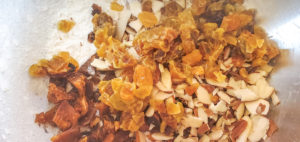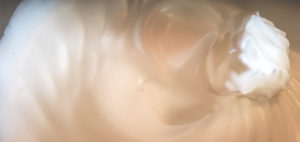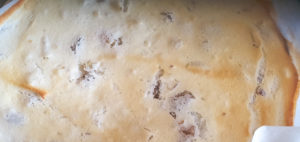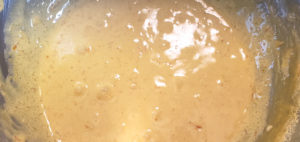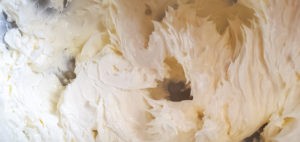The Torta of Split
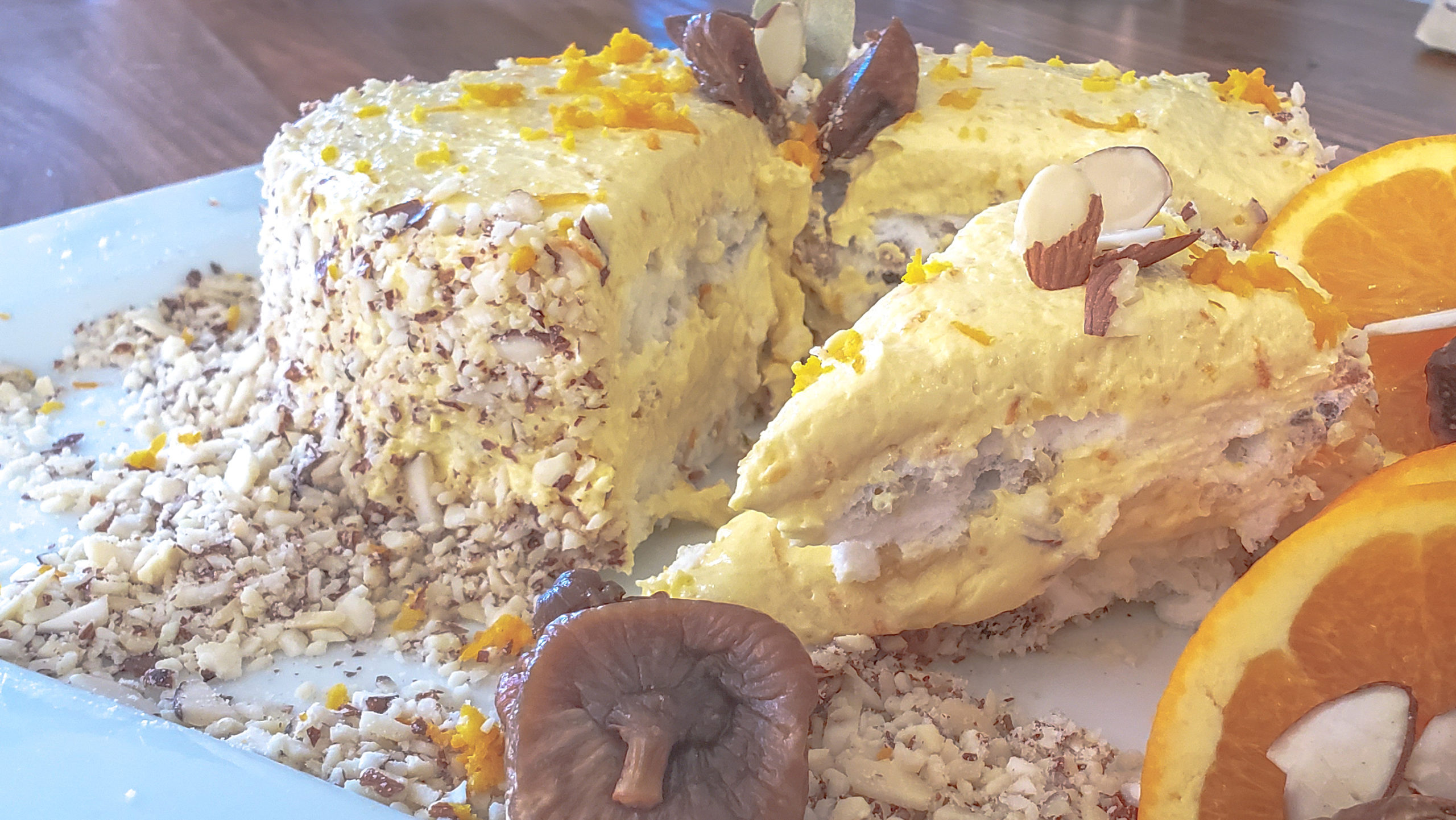

Spalata
My father’s family moved from the Dalmatian town of Drnis to seaside Split, Croatia in the late 1960’s. My grandfather built a home there, just up the main hill from the Riva waterfront, less than 10 minutes from the Diocletian Palace, a summer/retirement home for Roman Emperor Diocletian.
We visited during a whole summer season, when I was about six years old. The memories of that time, particularly the taste memories, are locked within the immature sweets of childhood: individual cups of Nutella with biscuit sticks or the similarly hazelnut infused Bajadera chocolates in shiny gold foil wrappers. It took me years into adulthood to figure out the brand name of those chocolates, which I remember eating while they were half melted in the near sweltering summer of 1981.
The Return
I returned to Split in 2011, and much had changed. Still, there were more adult desserts to be had, some of which I recognized from my mother’s baking repertoire and some new to me. I knew Fritule, and Povitica, and streusels, but the custards that abounded surprised me, along with endless tortes (tortas). How could they surprise me though…Croatia, and especially the city of Split (Spalata), had hosted, been occupied by, and ingested many an empire, especially the Austro-Hungarians with their creamy desserts. Even the French laid claim for about 17 years of Napoleanic occupation. Lucky us.
Strangely, it was here in New York that I quite randomly stumbled upon an obscure reading that mentioned a torta from Split.
Cracking the Code
How could I have missed this utterly designated Dalmatian dessert that represented my father’s family’s home city?
Moreover, once I started reading about this “cake,” I became more and more perplexed as I saw the ingredients: meringue, buttercream. It made sense, but once I really eyed a couple of the recipes I found, it seemed that the meringue was the CAKE, and yet the cake was infused with the typically Dalmatian figs, nuts (I chose almonds, but walnuts and hazelnuts interest me even more now), raisins (I chose golden raisins).
I became obsessed with this cake. I did not understand how it would equal a cake, first of all. I had to perfect it. I am far from perfecting it. This strange conglomeration of dried fruit, nuts, egg whites, and custard butter became a representation of my heritage and the family I never remained in knowing, except through the memory of a child and a trip that took place decades later, after I lost my father, a trip during which I tried to cherish every single memory, every conversation in broken English, and familiar locale.
The Attempt
I was nervous when planning my first attempt at making the Splitska Torta. I had rarely made a meringue-based cake or a custard-based buttercream. My measurement conversations were correct, but the amounts of raisins, dried figs, and almonds were clearly not enough. I make a pretty decent meringue, but it remained pretty lily-white in the oven when all the photos I’ve seen have the torta looking a more golden brown. The buttercream seemed right, but I think the recipes I took from utilized a bit too much butter, as it overtook the custard component.
I added a fair amount of orange zest to the buttercream and a splash of dark rum, though I would have preferred some nice Sljivovica, our version of “rakia” or “moonshine,” which my mother always flavored her Fritule with (Fritule are light and fluffy balls of fried dough, which I will begin my baking and filling experiments upon in due course).
Beyond the family history hiding within the mysterious layers of this torta, I had begun to approach my love of baking with a meticulous, almost mathematical eye. It made sense to me. The cake, while not appropriate in its amount of fillings or the method of its meringue, was at its heart a Dacquoise. The custard mixed with the massive amounts of butter was a German buttercream, one of the very few buttercreams I had little experience in making.
The bottom line is this: for all its original flaws, and my minor mistakes, even this primal version of the Torta of Split looked mildly beautiful, adorned with its delicious figs and slices of orange. For all I obsessed with being “wrong,” it tasted…well, not bad at all.
My intent is to enjoy, remember Split as I knew it, as I thought I knew it, and as I don’t even begin to know it yet. From the Romans to the Venetians, the Austrians and the French, Split itself was as mixed up as my first attempt at making its beloved torte. The little girl standing in pigtails outside Diocletian’s Palace, now a mathematical home cook/baker, writer and keeper of lost and imagined family history, is only just cracking into this piece by piece.
To be continued, Torta.
Croatian Torta of Split
Ingredients
Method
- Gather the chopped figs, nuts,and raisins (I would like to try walnuts and/or hazelnuts like a traditional Dacquoise and additional dried fruits befitting to Dalmatia like plums and apricots.)
- You can add any of the dried fruits to the lemon juice (I am thinking to soak in brandy next time in a nod to my Anglo baking obsession.) Squeeze out the excess juices after a time.
- Mix the fruits and nuts into the flour until incorporated.
- Mix egg whites with salt and lemon juice (and Cream of Tartar). Very slowly add the sugar spoon by spoon until a meringue has formed with stiff peaks.
- Fold into the nuts/fruit/flour mix and add to cake tins or baking trays (the traditional shape is rectangular,but I decided to start in cake tins for a round edge–less room for error in cutting I figured.)
- Bake at 350 for 20 minutes. Leave to cool, then release the meringue from the tins. In my case, wonder why it looks done, yet didn't color properly!
- In a Bain Marie, combine the egg yolks with the sugar, adding additional flavors (orange zest and rum in my case, and some more vanilla), continuously stirring, for 10 minute or until thickened.
- Remove from heat and let cool. Cream the softened butter (less next time), and mix with the cooled custard.
- "Frost" the cake and decorate in whatever style suits you. I added diced almonds to the sides, shaved orange zest on top, along with sliced figs and a few bay leaves, in honour of the fresh bay leaf trees I remember swaying in the early morning bura wind as I left my family's house in Split for the airport.
